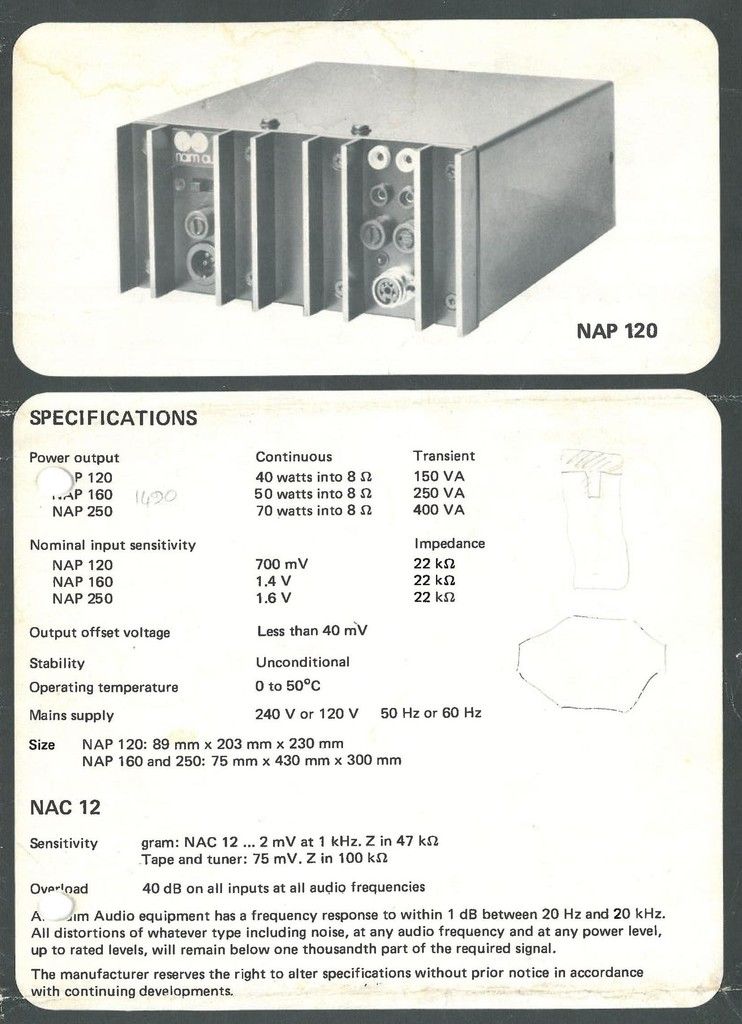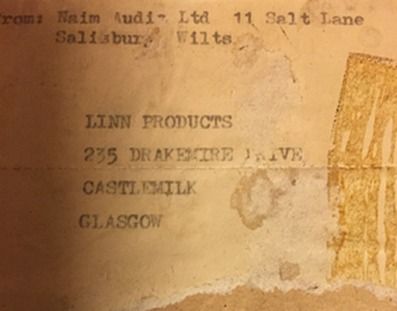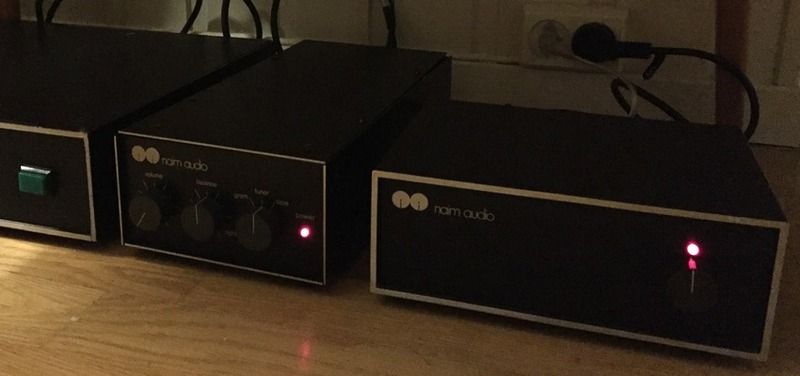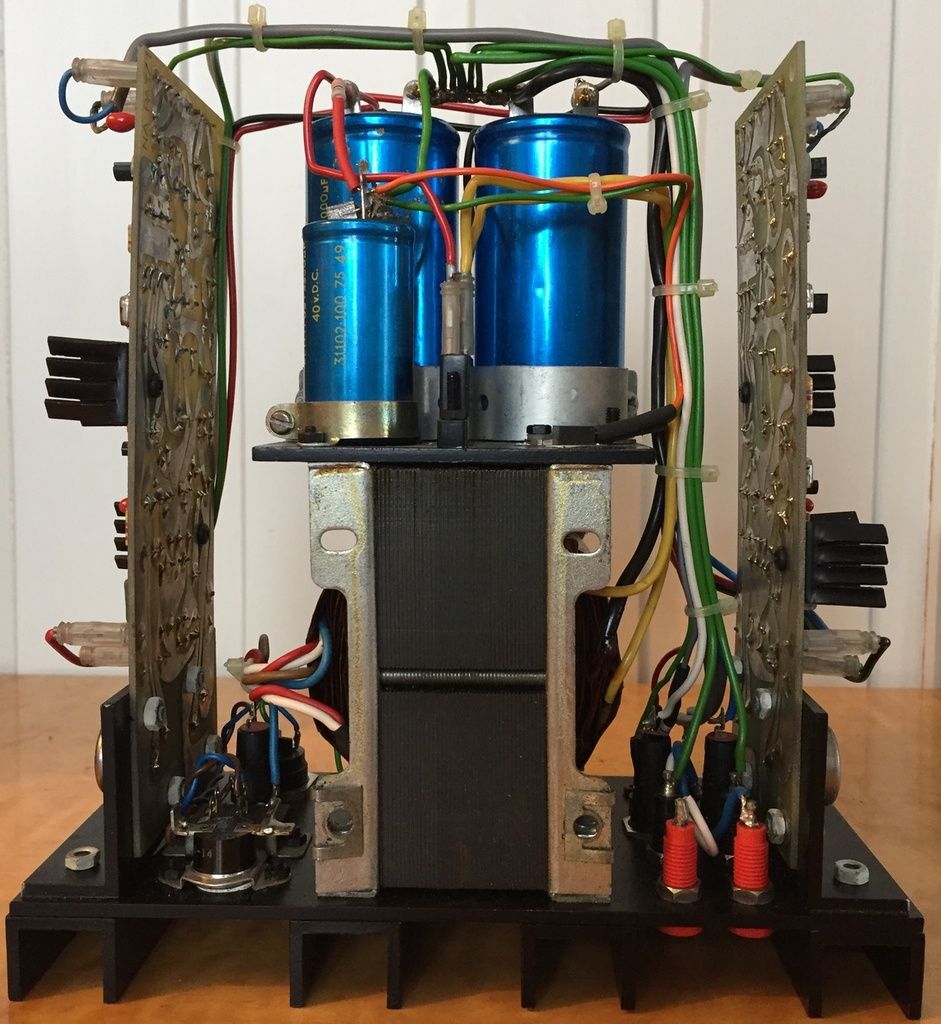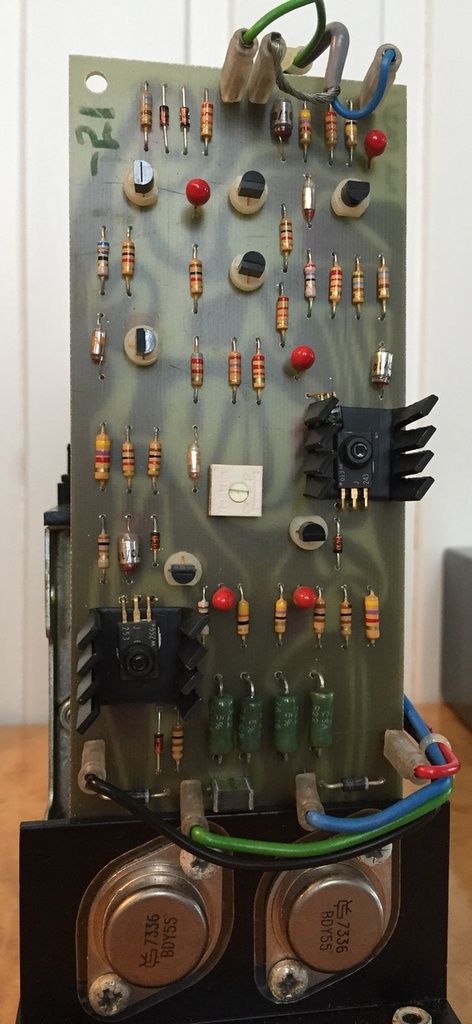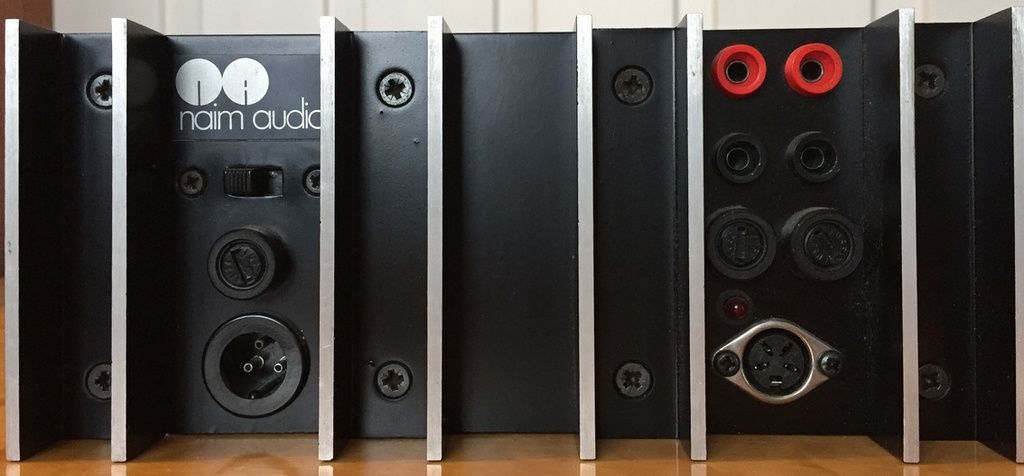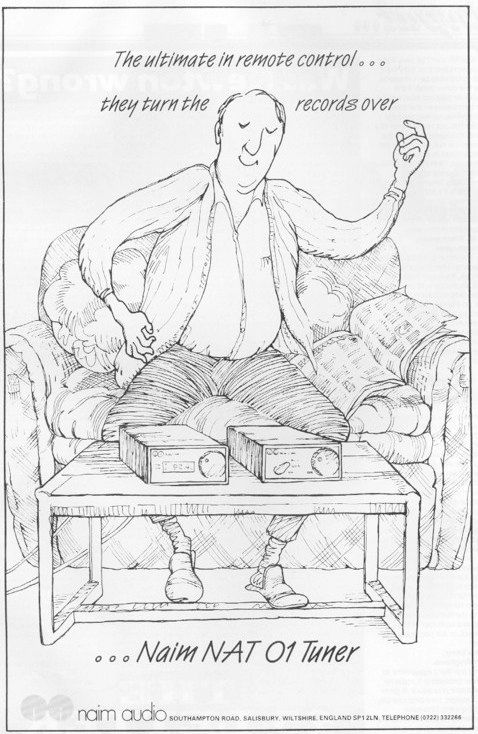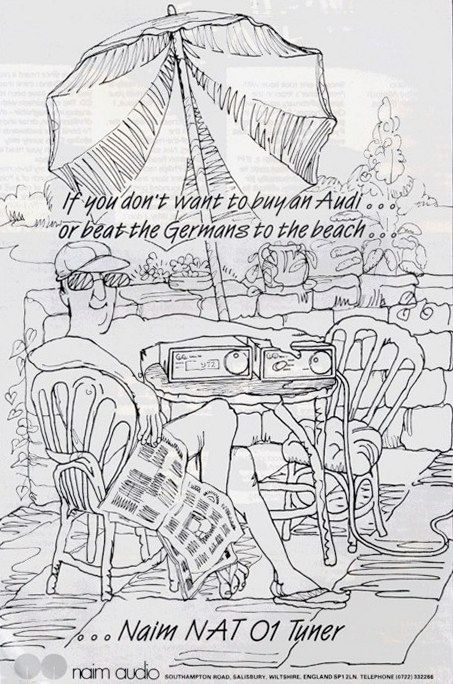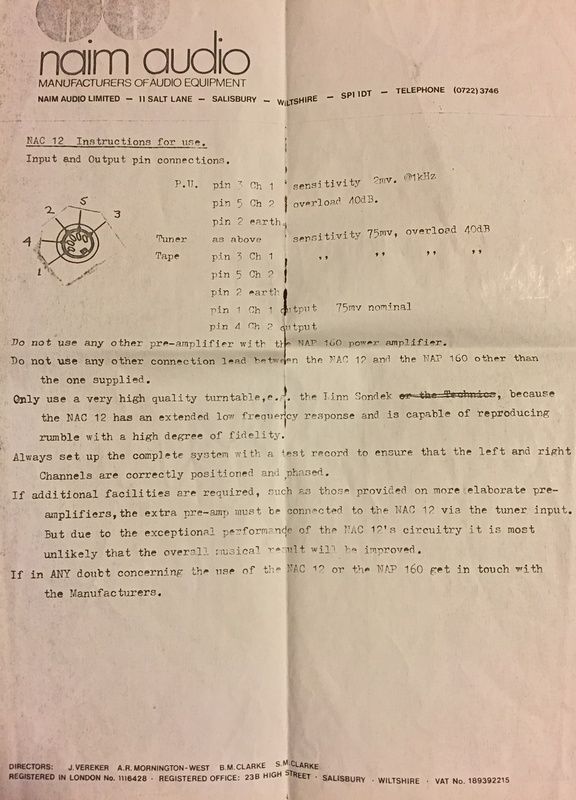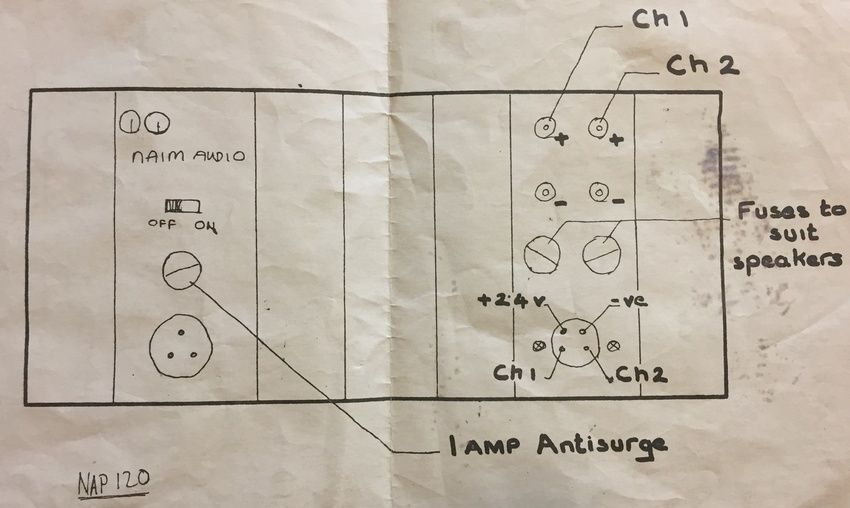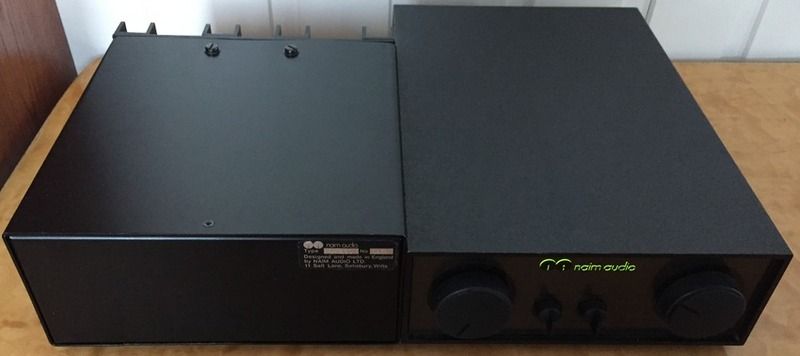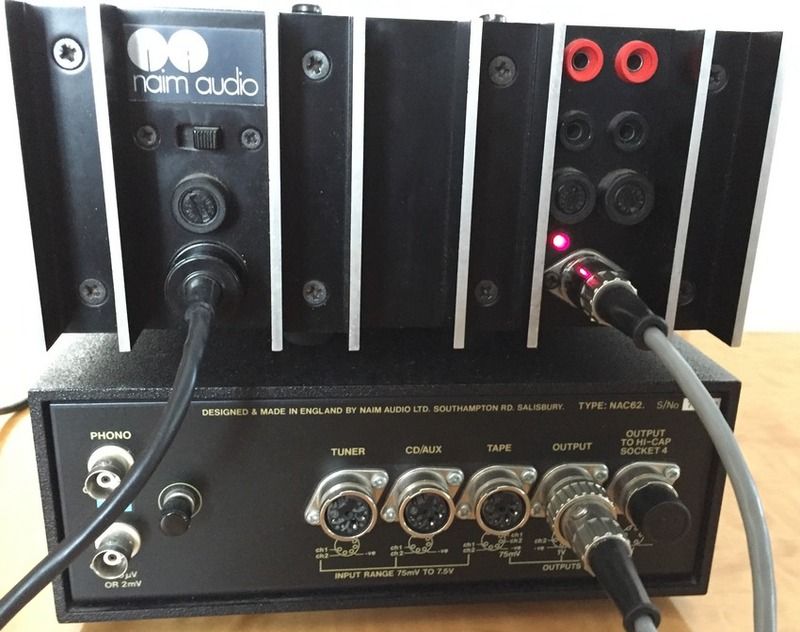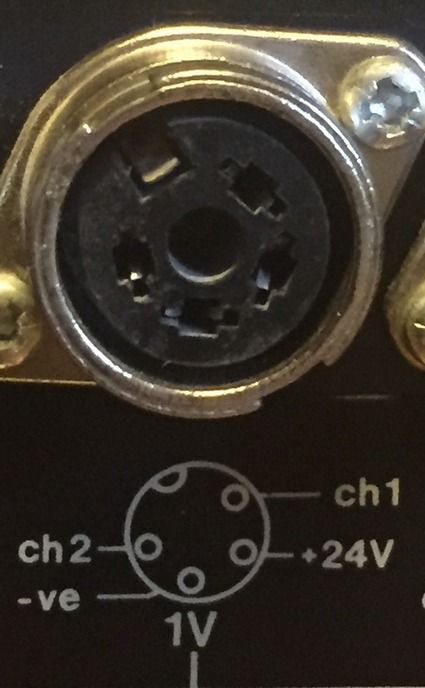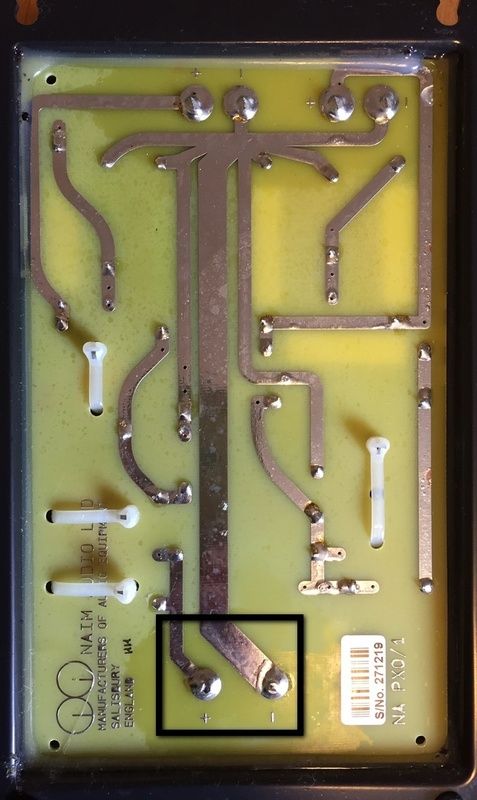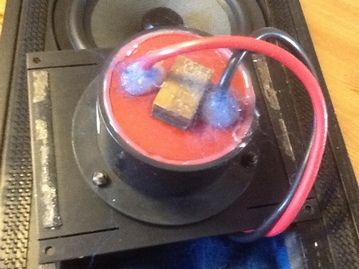Date: June 01, 1999 04:59 PM
Author: julian vereker
Subject: Small speaker against the wall?
From the thread's name, I suppose one should start with Linn's Kan.
The first issue is the one of 'a box sealed is the solution to
everything'. There is no evidence that this is the case - the drive
unit's resonance (which varies with the temperature of the motor) is
altered by the air volume in the cabinet and tends to result in a
rather hi-Q resonance somewhat above the free air resonance of the
drive unit. There is not much useful output below this resonance and
so most of what one hears is the second and third harmonic of the bass
output of the instrument, of course, supplemented by the rising
distortion as the frequency approaches resonance. ie not much
'fundamental'. but quite a good impression of 'weight'. But even this
is affected by how loud one has been playing, since the system
resonance may have risen by as much as 10Hz (about 20%).
The hi-Q nature of the resonance of the drive unit in a small sealed
box can make the performance of the system very sensitive to outside
influences - other speaker systems in the room, stands etc.
IMHO both the Kan and the Isobarik are liked for a combination of
attractive features which don't have a lot to do with accuracy - but
attractive they are.
Since Linn started to get some of their speakers made in the Far East,
they probably had to change their design criteria to suit available
manufacturing techniques, but I can't imagine that this is the reason
for abandoning 'the sealed box', it is just that it has as many
compromises as 'unsealed' cabinets do.
So far as I can remember the drive units for the Rega Kyte were made
by Royd, who have a low cost environment from which come excellent
drive units, but I believe Joe Ackroyd is the designer, creator etc of
the Royd drive units and as a 'one man' band (no rent, some helpers)
his costs are a minute fraction of Linn's or our's.
In the ultimate, foam grilles offer the best acoustic front to
loudspeakers, and one has to work very hard to get any of the woven
materials (and their supports) to equal the foam. But from what I
hear, most people dislike the foam - we listen.
The problem with speaker manufacture is not so much the issue of
profit, but more the one of numbers. Cabinet makers have machinery
that takes some while to set up and so in order to get cabinets for a
sensible price at the cheaper end of the market, one has to order 500
or 1000 at a time, these take a huge amount of space (not just for the
cabinets, but all the packaging as well) with all the concomitant
costs. This leads to another of manufacturing's wonderful cleft sticks
- less is more, in this case a 'cheaper' product costs relatively more
than an 'expensive' one.
We could again make the IBL bass driver, we wouldn't need to buy it
from any of the erstwhile suppliers, we could re-model the cabinet and
stand to fit more closely with the declared desires expressed here and
elsewhere, we could re-engineer the baffle to use woven material, but
I would keep Roy's 'resonance-less' system derived from the SBL and
the low bass distortion, and probably potential customers would still
say "not enough bass".
We strive for accuracy in reproduction, the compromises involved for
us are the ones which are defined by the way the physical world
appears to us and 'bending' the rules to make something appear to be
something it isn't is not high on our agenda.
julian
______
 Kan vi gå videre?
Kan vi gå videre?



